I have written code like follow:
int a = -1;
unsigned int b = 0xffffffff;
if (a == b)
printf("a == b\n");
else
printf("a != b\n");
printf("a = %x b = %x\n", a, b);
return 0;
It shows that a and b are equal. So I want to know how the computer make this judgement?
